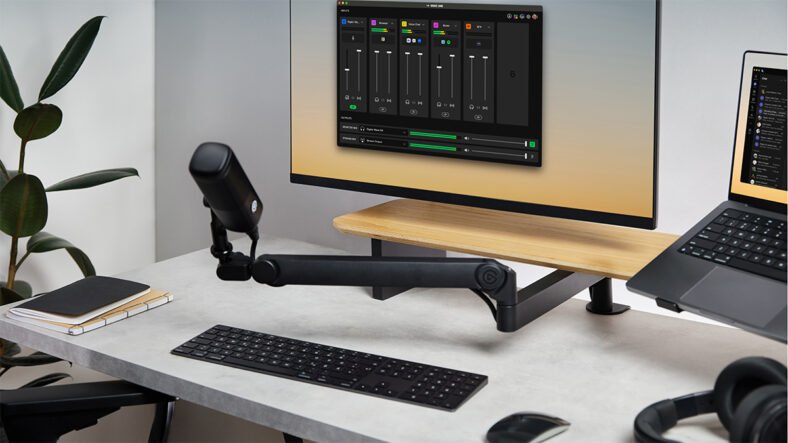
AMD has revealed that the next generation of Zen 4 powered Ryzen and EPYC CPUs will be launching sometime next year. AMD made the announcement at COMPUTEX 2021 and along with this announcement, AMD also showcased its latest 3D V-Cache tech that will be coming to future generations of processors.
At COMPUTEX 2021, AMD revealed the next-generation 3D stacking design for its chiplet architecture-based CPUs. The technology will stack several IPs on top of each other. The prototype that was showed by AMD at COMPUTEX 2021 included the Ryzen 9 5900X with a 3D V-Cache with 64 MB of L3 SRAM.
Hope you guys enjoyed all the new tech we announced at #computex 2021. So proud of our @AMD Ryzen desktop APUs, @Radeon mobile GPUs, FidelityFX Super Resolution, and our brand new 3D chiplet technology – bringing the best to high-performance computing!! pic.twitter.com/0memR0kPLu
— Lisa Su (@LisaSu) June 1, 2021
The prototype features a standard Zen 3 CCD sitting next to a 3D packaged CCD which measures at 6mmx6mm. The size of the CCD is the same as before but there is another package on top of the CCD which features 64 MB of cache, which adds to the 32 MB of L3 cache already featured on the Zen 3 CCD.
This will make up a total of 96 MB of L3 cache per CCD or 192 MB of total L3 cache on the whole Ryzen 9 5950X CPU. The 3D V-Cache is connected to the CCD through several TSV’s. According to AMD, this hybrid bond approach enables more than 200 times the interconnect density with 3X the overall efficiency.
AMD also showed off a live demo for the new cache technology. The Ryzen 9 5900X prototype was running Gears V and delivered up to 12% more performance compared to a standard Ryzen 9 5900X. On average, AMD is claiming a 15% performance increase with the 3D V-Cache design.
AMD 3D Chiplet Technology: A packaging breakthrough for high-performance computing.
— AMD (@AMD) June 1, 2021
Coming to the AMD Zen 4 Ryzen CPUs, they are codenamed ‘Raphael’ and from the currently known information, Raphael CPUs will be based on the 5nm Zen 4 core architecture and will feature 6nm I/O dies in a chiplet design.
Following are the expected highlight features of the Zen 4 architecture.
- Brand New Zen 4 CPU Cores (IPC / Architectural Improvements)
- Brand New TSMC 5nm process node with 6nm IOD
- Support on AM5 Platform With LGA1718 Socket
- Dual-Channel DDR5 Memory Support
- 28 PCIe Gen 4.0 Lanes (CPU Exclusive)
- 105-120W TDPs (Upper Bound Range ~170W)
‘Raphael’ Zen 4 platform will feature DDR5-5200 memory, 28 PCIe Gen 4.0 lanes, more NVMe 4.0 & USB 3.2 I/O, and may also ship with native USB 4.0 support. For the first time, the Raphael Ryzen CPUs are also expected to have RDNA 2 onboard graphics, meaning AMD’s Ryzen series will have iGPUs on all the CPUs.
The Raphael Zen 4 CPUs are expected to launch late in 2022 and will go head to head with Intel’s 13th Gen Raptor Lake CPUs.
AMD also announced that its Ryzen 7 5700G and Ryzen 5 5600G APUs are coming to the DIY segment this August. AMD has also revealed its competition to the Nvidia DLSS, the FidelityFX Super Resolution technology.










